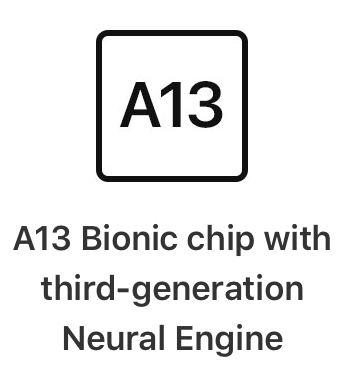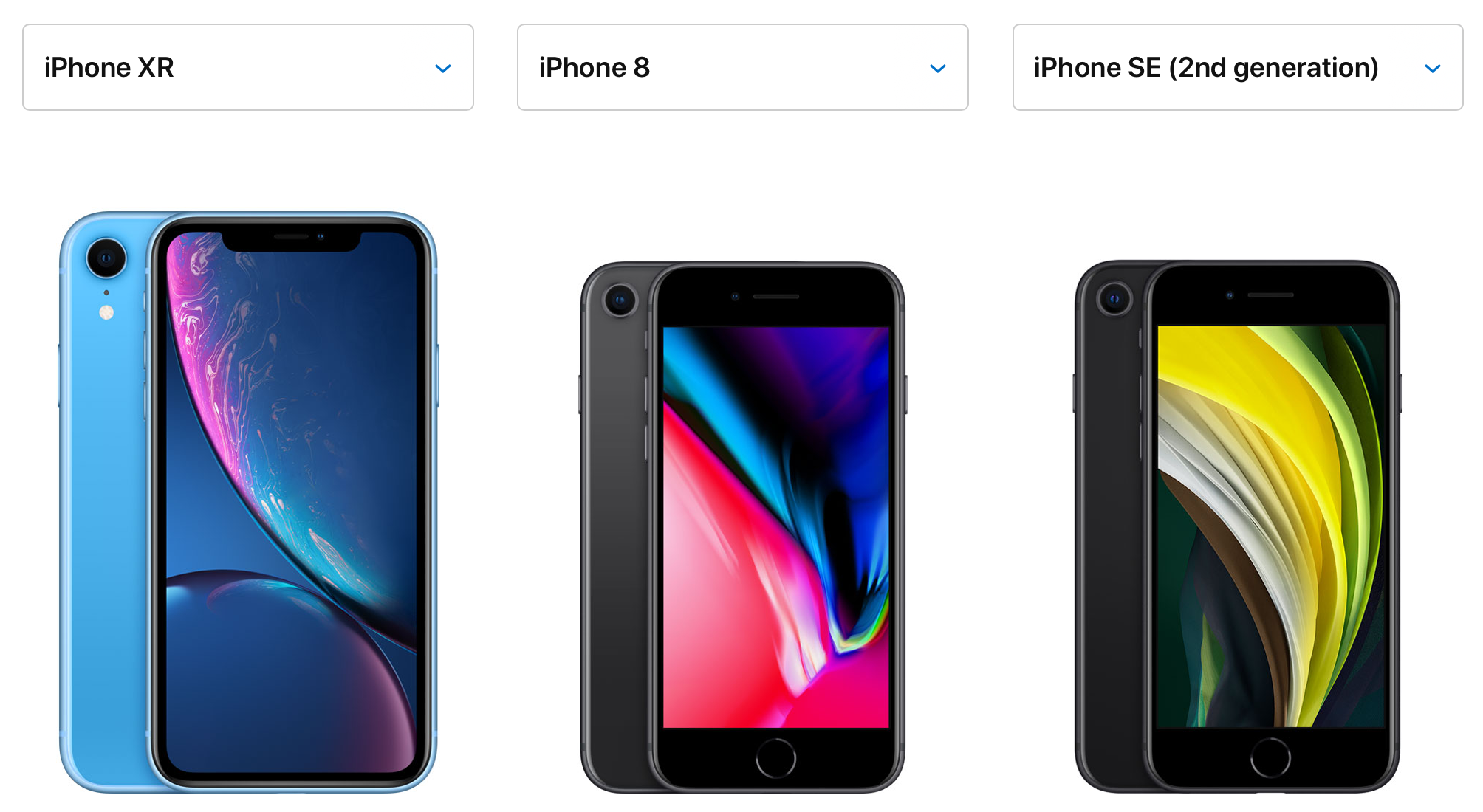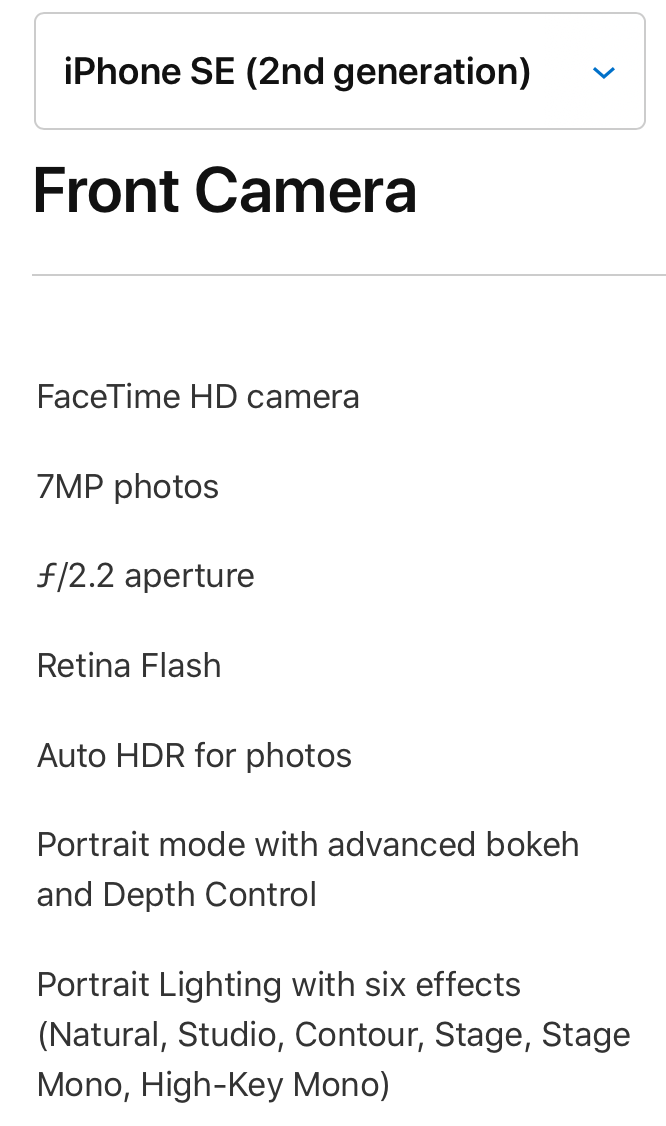iPhone SE performance versus Android Flagships
Jerry Hildenbrand at AndroidCentral:
Apple has updated the little iPhone SE for 2020, and even an Android fan has to see that it’s a great phone at an even greater price of $399 for the base model. It’s essentially an iPhone 8 with one big difference: it has Apple’s A13 Bionic chip buried inside. And that’s a big deal for a number of reasons.
I expect that some people are going to tell me about single thread versus multi-threaded performance and how the A13 GPU isn’t that great or how iPhones have much lower resolution screens so the chips don’t have to work as hard. All this is true, but another thing is true: the A13 is a stronger chip than the Snapdragon 865 for daily use in every category — we’ve seen this applied in real life in the iPhone 11 already.
Jerry does a nice job summarizing the performance of the A13 Bionic in the iPhone SE against the Snapdragon 865 found in many Android flagship phones. While it’s not been a specs game for many years, in terms of raw specs, the iPhone SE outperforms top-of-the-line Android phones at a third to a half of the price.
What sounds less crazy, and great to consumers, is that by using the A13 Apple can support the iPhone SE for years — and this phone will outlive the iPhone 8 it is slated to replace for a handful of extrayears because of the new chip. Basically, if the iPhone 11 can get updated, so can the iPhone SE. This is cool to hear today, but it will be really important in three years when another version of iOS is released and your $399 iPhone gets it on day one.
Android devices, typically, still get less than 3 years of updates. And it can take months between the time a new version of Android is released and it is made available on supported devices. And many devices, especially lower priced ones, may barely see one major software update.
And yet, the $399 iPhone SE is likely to get 5 years of major software updates, including new features.
John Gruber, at Daring Fireball:
And on the flip side, what do you get for $400 in Androidtown? Amazon sells the Motorola Moto Z4 for $500. Let’s just spot the Android side $100. The Moto Z4’s single-threaded Geekbench 5 score is about 500. That falls short of an iPhone 6S, a phone from 2015.
For the same price, you can buy an Android that performs about as well as a 5 year old iPhone. An iPhone that still supports the latest version of iOS.
Where are the popular Android phones from 2015 now?
- Samsung Galaxy S6 – Last software update was 2016’s Android 7 Nougat, made available in 2017, with the last security patch in September 2018.
- Sony Xperia Z5 Compact – Latest supported version is 2016’s Android Nougat.
- Google Nexus 6P – Google’s flagship for the year, it got its last update at the end of 2017 with Android 8.0 Oreo.
- Samsung Galaxy Note 5 – Last update, Android 7 Nougat, in 2017
It’s pretty clear to see: If you need a phone on a modest budget, the iPhone SE is the smartest choice. Best performance with the longest support means you’ll get the most for your money.


